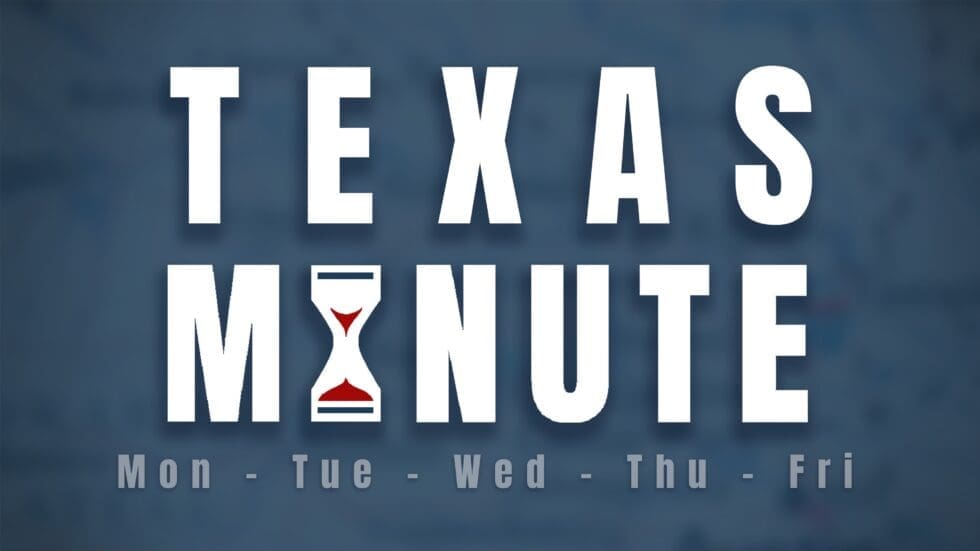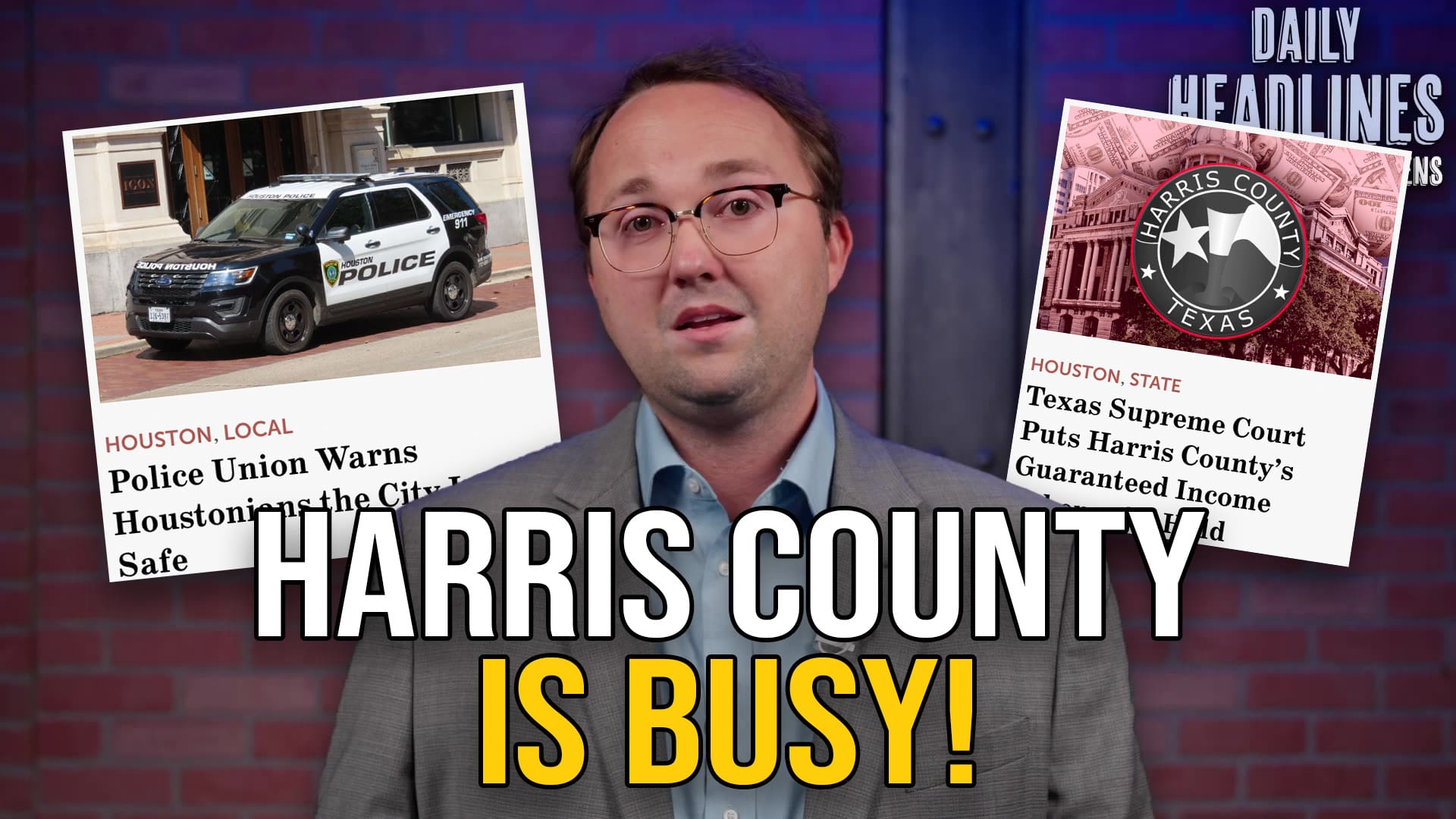In West Texas, tax increases seem to be the most popular narrative of local public officials as of late. Both the Midland ISD School Board President Rick Davis and Midland County Judge Mike Bradford are contemplating increasing property tax rates for their respective governments.
In March, at the Midland Chamber of Commerce: State of Education Luncheon, Davis discussed how local schools “are not where we want them to be,” referencing the poor ratings MISD has received over the past several years by the Texas Education Agency. Davis later compared Midland’s tax rate, currently at $1.14/100 in valuation, to other districts in the state, emphasizing the need to catch up on tax increases and “invest more in our schools.” Davis implied that tax increases would help improve academic outcomes, without a specific plan as to how that would be accomplished.
MISD is ranked poorly among Texas schools and the district tax rates are relatively low. However, it’s important to note that even compared to districts with a similar tax rate, Midland is still ranked lower. It raises two questions: how much revenue will a tax increase bring to MISD and how will that translate into higher-performing schools?
At the county level, it’s been reported that Bradford estimates a significant reduction in property valuations in the upcoming 2016 fiscal year, which is used in calculating the effective tax rate. When property valuations are high, rates will decline. Bradford feels confident Midland needs a tax rate increase by October 1, the beginning of the fiscal year, in order to make up for the drop in property values. Currently, the county’s tax rate is $0.126 per $100 property valuation.
County officials like to point out that they’ve consistently reduced property tax rates nearly every year since 2005 in response to rising values spurred by the West Texas oil boom. But despite decreasing nominal tax rates, the rapid growth in the property tax base has allowed the county to collect ever-increasing amounts in property tax revenue, when calculated on a per resident basis.
In other words, after adjusting for population growth and rising property values, the average tax burden borne by residents significantly increased between 2005 and 2012, even with declining tax rates. Since 2012, that burden has reduced slightly, recently leveling off at roughly 2009 levels.
It’s critical that taxpayers understand that a property tax rate reduction isn’t the same as a tax cut. Property values must be factored in along with population figures to determine whether or not the government is collecting more, or less, in revenue on a per resident basis.
West Texans should inquire into next year’s projected property devaluation and population decrease to determine whether or not a rate increase is indeed necessary. Based on the information the county has discussed publicly, that remains an open question.




